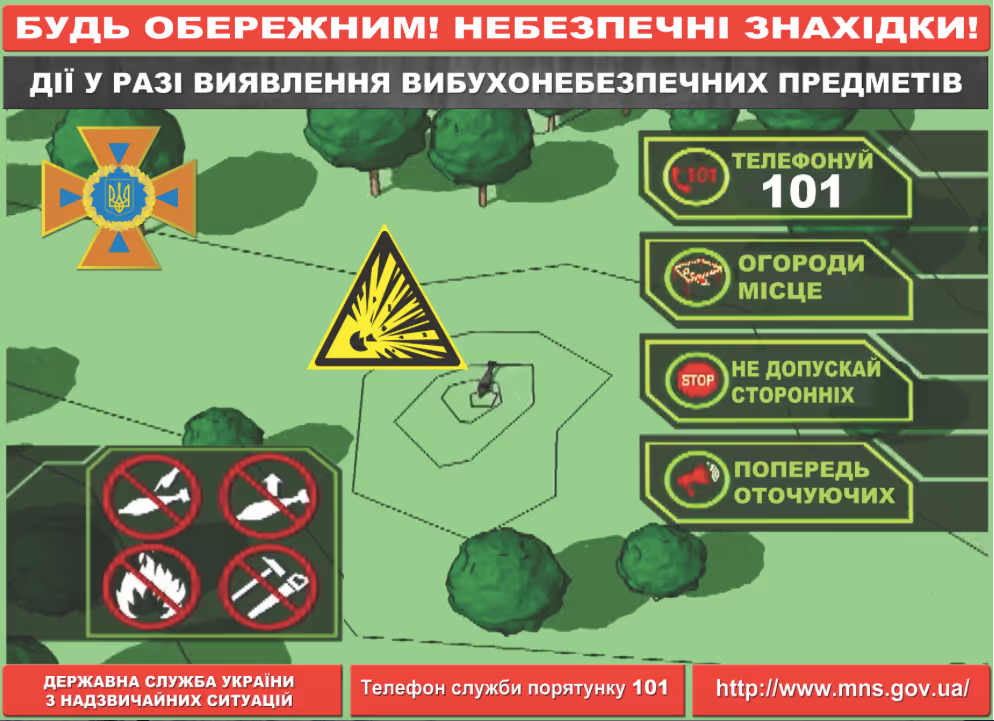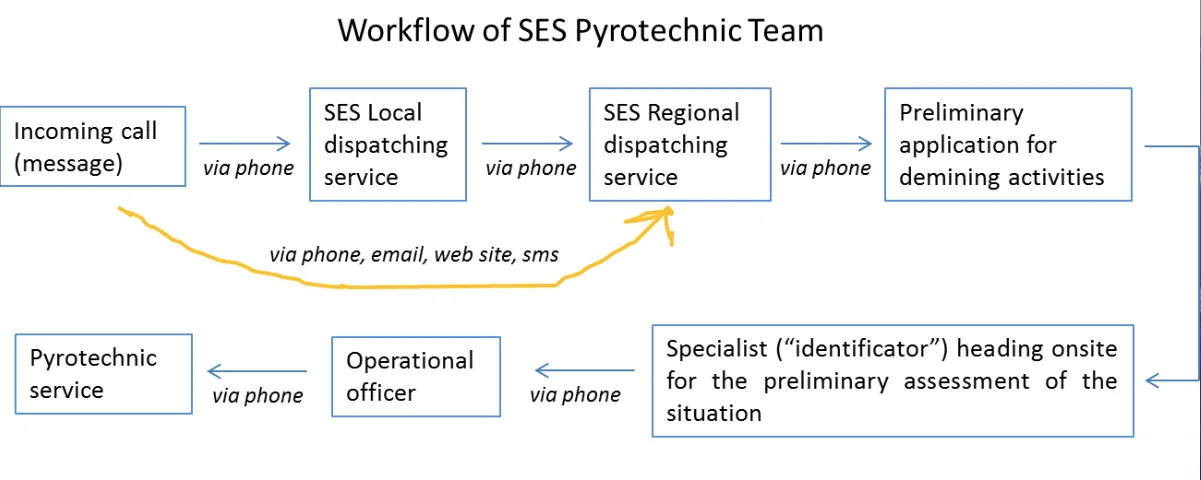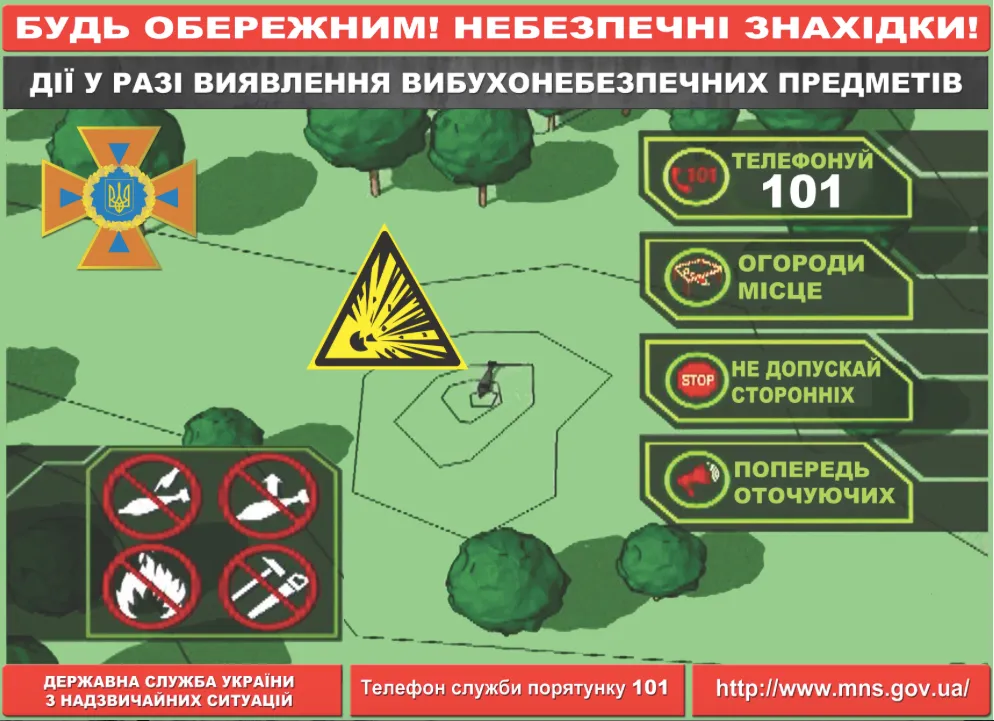On the way to optimization

In the last blog we discussed the risks that the project faces or potentially could face and solutions on how they could be dealt with. In addition, we promised to share the outcomes of the trip to Mariupol.
The meetings in Mariupol revealed a bunch of issues that the State Emergency Services (SES) are faced with, that this project could help to overcome or optimize. In starting to understand where the pilot project can add value, one of the important outcomes of the meetings was a clearer understanding of SES’ workflow in relation to emergency communication with the public as well as their internal communication. It appeared that SES' internal reports handling system includes some steps in a “reporting-respond” chain that could be easily optimised.
For instance when a person in a village wants to report a suspected UXO to SES the process is currently as follows: the person calls 101 (the emergency number of SES for clearance, fires etc.) to file a report, receiving that call is the local district SES call center. The operator in the SES district office then passes on the report via phone to the Head of Department in the regional SES office in Mariupol city. Accordingly, the report is redirected to the appropriate SES unit responsible for addressing the UXO report.

The approach suggested by the project allows omitting the district level dispatcher to direct the report straight to the regional office and the unit in SES responsible for clearance activities through the new pilot reporting tools. This could potentially reduce the time for the reports handling and response.

The second challenge that SES is facing are new expectations and demands of local population for Mine Risk Education (MRE). Currently, SES uses an approach which had been inherited from Soviet Union times. The main stress in this approach is put on activities in schools which usually include lessons and demonstration of posters with MRE information. However, many of these efforts require new formats, since SES in Ukraine has not faced a contamination problem on such a scale before and many of the UXO now found are new in the context. In addition, the need for MRE goes beyond schools and there is at times a need for a more dynamic approach to MRE, as the security changes on regular basis.
The project can help SES to receive feedback from civilians and thus it will assist SES to establish a new approach to MRE activities. The first step would be the pilot MRE website.
In the next blog we will share more on how our pilot tools can be introduced into SES workflow.
Stay updated
Sign up for our newsletter to receive regular updates on resources, news, and insights like this. Don’t miss out on important information that can help you stay informed and engaged.
Related articles
.png)


Explore Elrha
Learn more about our mission, the organisations we support, and the resources we provide to drive research and innovation in humanitarian response.